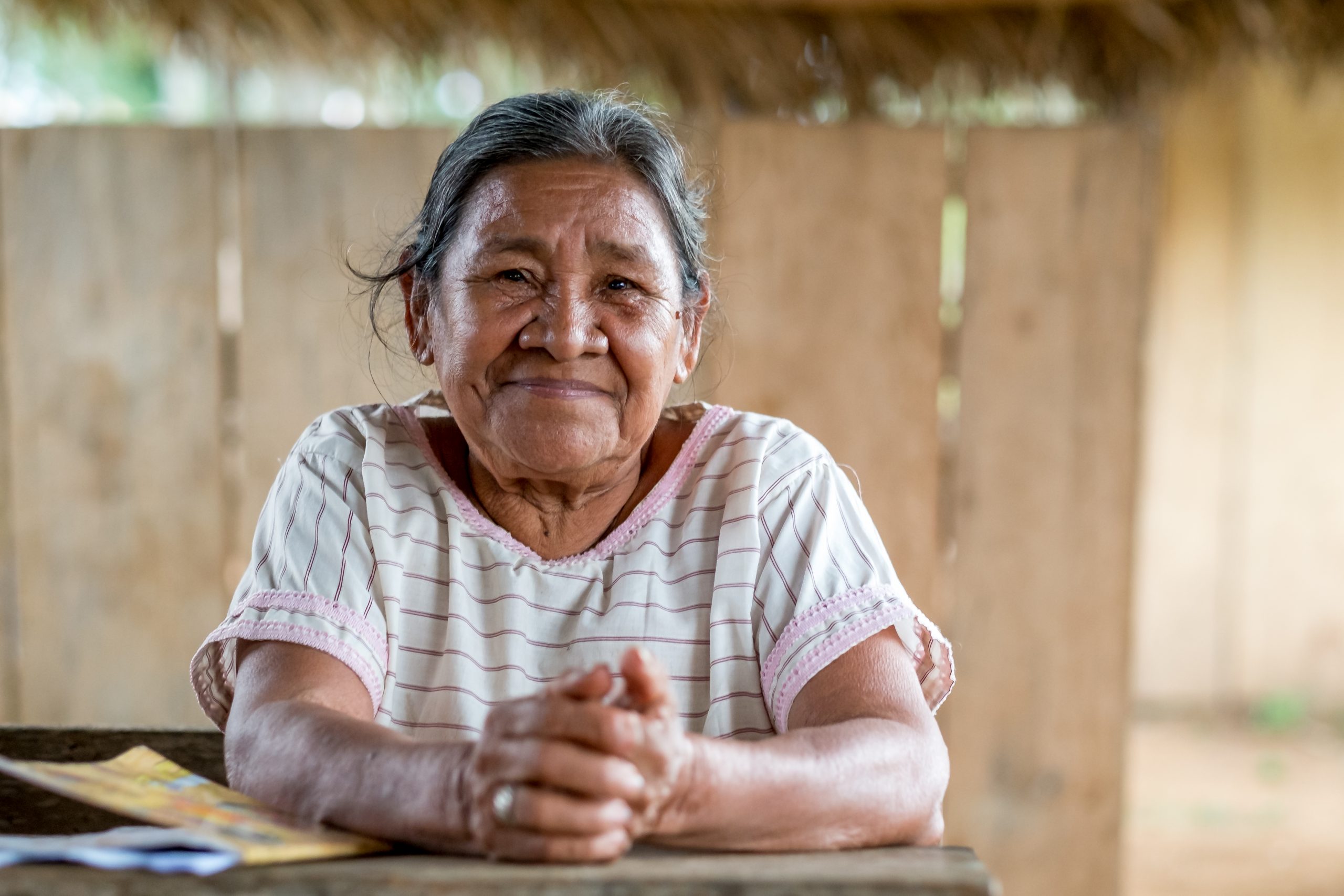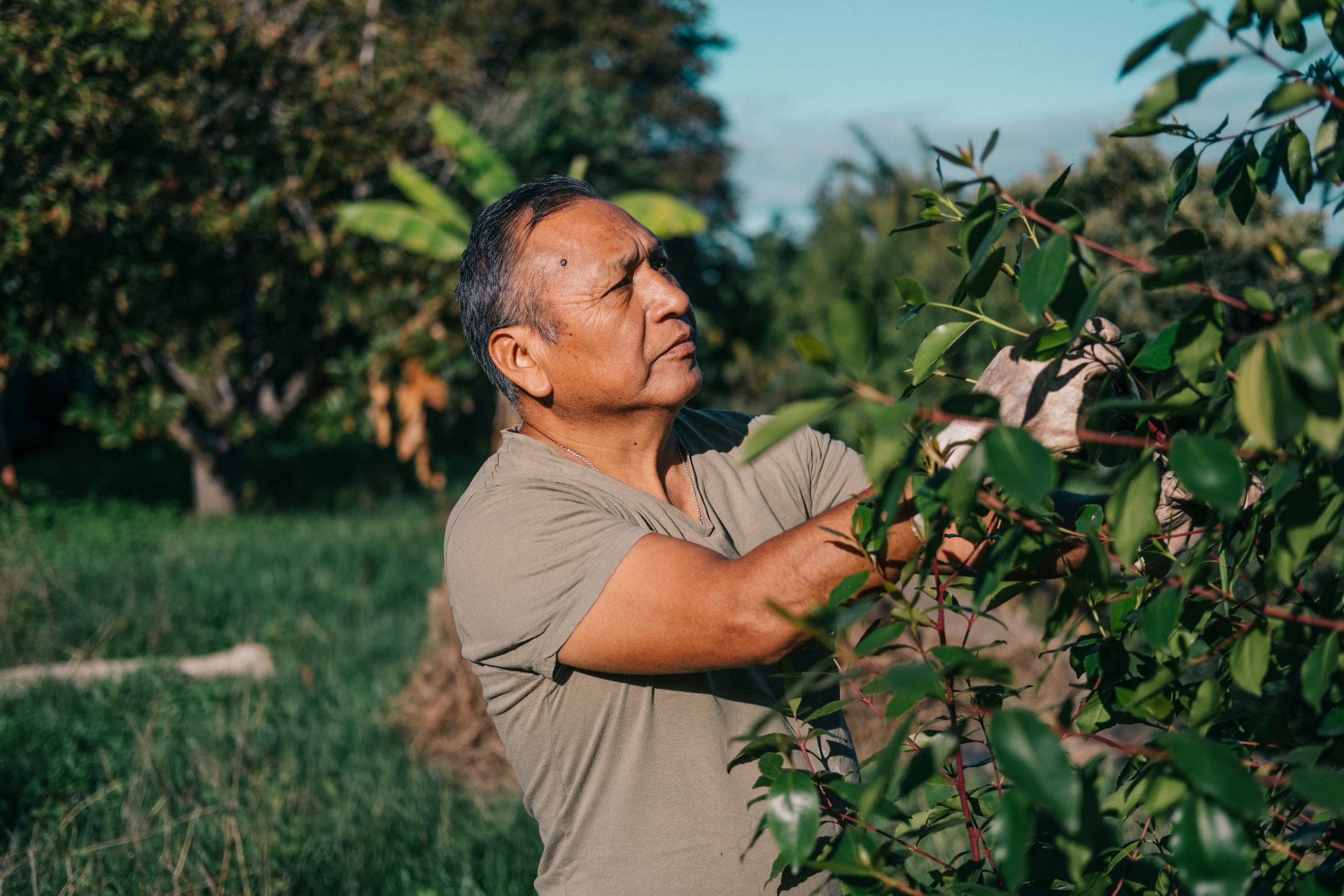Bolivia has a relatively progressive legislation when it comes to communal land tenure for Indigenous communities living in their ancestral territories. This gives Indigenous Peoples’ community organisations the right to autonomous self-governance over their lands, resources, and territories once a communal land title is issued. A communal land title over an Indigenous territory means the community cannot sell their land. They may exploit forest resources for commercial use subject to a government-approved sustainable management plan.

Bolivia remains the poorest country in Latin America. It has a relatively low population density, with 12 million people occupying just over 100 million hectares. 25% of the population is rural. According to the latest World Bank estimates, the Covid crisis has tipped the country in to a deep economic recession, reversing recent years of decline in poverty rates. Inequality remains relatively high, with the majority of the extreme poorest located in rural areas.
Bolivia can be divided roughly into three geographic and culturally distinct regions: the Andean highlands, and the Amazon and Great Chaco lowlands. Most of the population is Indigenous with a higher percentage than in Peru, Guatemala, or Ecuador. There has been increasing recognition of their rights.

Despite many pressures threatening to undermine communal land tenure and the country’s economic reliance on natural resource extraction, Bolivia is one of the few places that has established the legal pathways to communal land tenure and forest rights. If accompanied by legal empowerment and governance strengthening processes, this may yet set the stage for a fresh, more sustainable, and equitable development model.
Roughly half the population currently assume a mestizo heritage, while half self-identify as exclusively Indigenous. There are about 39 recognised Indigenous peoples in Bolivia. The majority are Andean peoples including the Quechua nations (Tarabucos, Ucumaris, Chalchas, Chaquies, Yralipes, Tirinas) and the Aymara, who were absorbed into the Inca Empire in the early 1400s. Both these groups make up about half the Indigenous population and 70% of the Bolivian population.
For a Land Governance Assessment Framework (LGAF), go here.
To learn more about the work of the Tenure Facility’s partners in Bolivia see the project below.